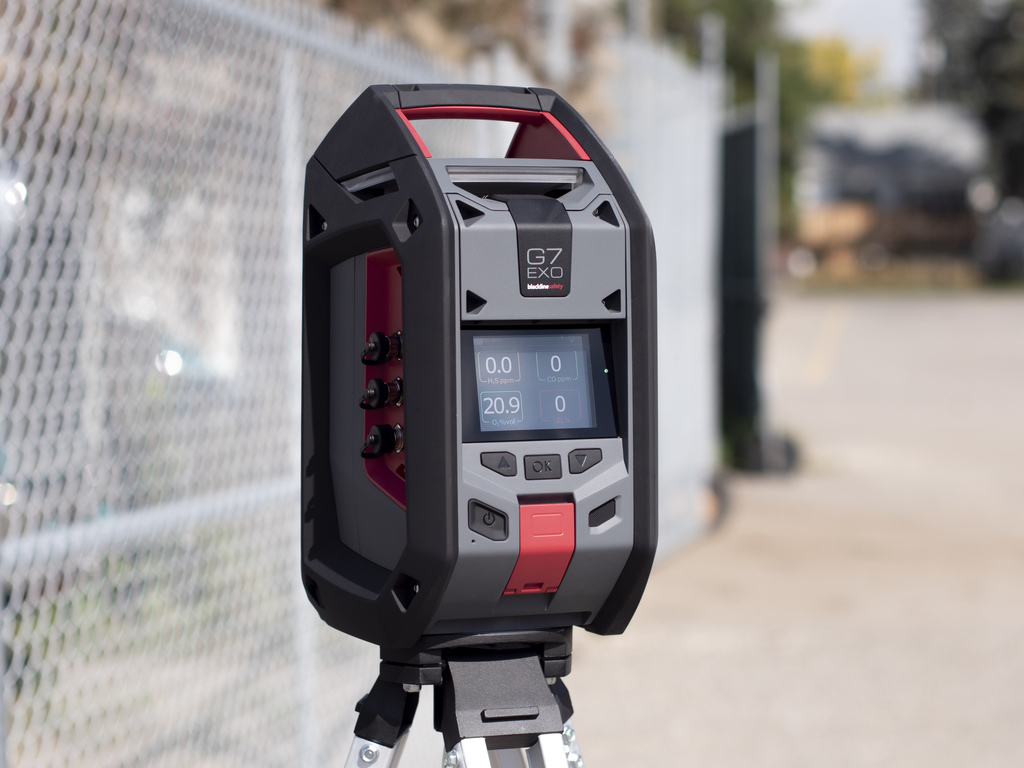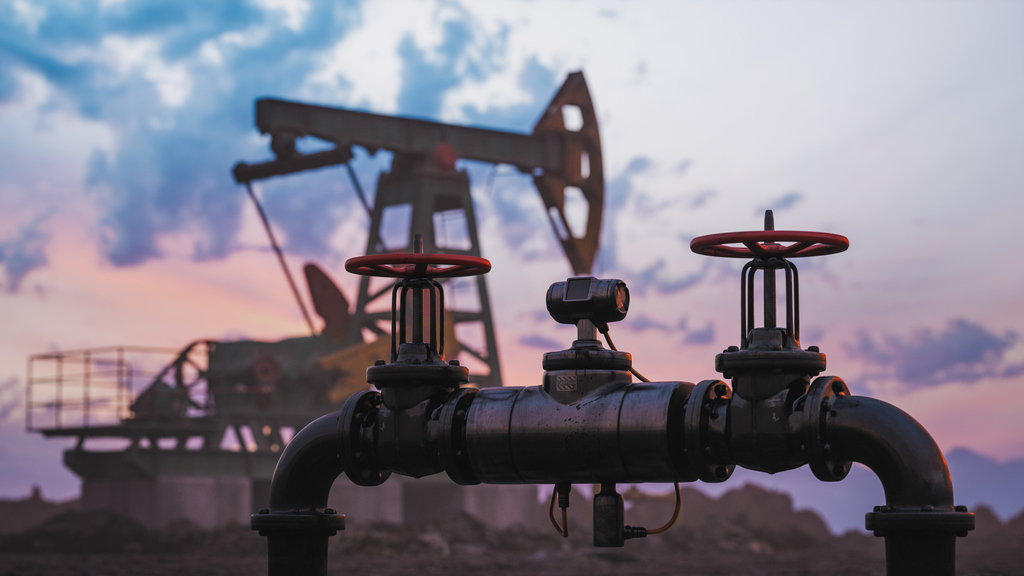
Kelly Rose
Editor

Kelly Rose
Editor
Chris Mottershaw looks at how far gas detection has come since the days when a canary alerted miners to the presence of dangerous gases.
It’s fair to say that technology has come a long way from a canary in a cage alerting workers to the presence of a gas that can have terminal effects, but it remains a good representative image to represent the risk that gases can pose.
While some gases can have a noxious smell, such as the ‘rotten egg’ stench of hydrogen sulphide (H2S), the majority carry no smell at all. Often, there is frequently no taste either and the other senses that come into play to alert us to danger, like sight, touch and sound are redundant in these circumstances.
And yet history has repeatedly warned us that concentrations of gas are a serious risk factor that can have devastating consequences. That is where the canary entered the equation, as a rudimentary form of real-time gas detection in the late 1800s. If the bird was overcome, it was a warning to miners that there was a dangerous concentration of gas present, which was primarily carbon monoxide.
Roll around to 2024 and the options for monitoring dangerous gases have never been better, with a wide range of sensors available to effectively monitor and alert for the majority of gas risks for common and more exotic gases.
The most exciting addition to this functionality in recent years is the ability for instrumentation to communicate with the cloud – servers that are accessed over the internet and the software and databases that run on those servers. This has allowed for the passing of information on gas levels and alarms in real-time to a supervisory team, who no longer have to be present on site and can view one or more operations remotely.
Cloud access can be used to interact with the equipment, rather than just receiving information. An example would be a man-down alert being activated by the user and a two-way radio being activated on the device, enabling communication between the downed individual and an operator, who can summon assistance.
By using reputable suppliers, such as those who are members of the BSIF Registered Safety Supplier Scheme, employers are taking responsible steps to ensure they are making the correct measurement of gases and also making decisions based on the best information available.
To ensure optimal performance, gas detection instrument users should always follow manufacturer instructions, in terms of bump testing before every use, calibration and servicing intervals and only using authorised centres to carry out any work on a unit. Any deviances from these instructions could not only endanger the life of the user but also void the instrument warranty, which in turns has consequences in terms of liability.
Today’s gas sensors and their different functionalities vary widely, from a volatile organic compound (VOC) sensor offering sensitivity down to a single part per billion (PPB) to an explosive gas sensor that detects from clean air all the way up to 100% concentration (1,000,000ppm).
The instruments that house gas sensors and allow them to perform their various functions, largely fall into four categories:
Wearable:
The smallest, lightest and cheapest instrument range, which are specific to one gas or set of gases and usually non-pumped. Designed to be worn in the breathing zone (upper chest area) by an individual over the period of their shift, alarming with visual/vibration/audible feedback if a set gas concentration level is reached.
The instrument typically logs all readings of the targeted gas over this period, giving the user/supervisor an accurate data set of exposure to gas. This type of instrument is sometimes used to better understand exposure risk for a certain task or if the task changes over time, or simply to alert to a gas risk in real-time.
Handheld:
The most familiar of the gas detection ranges is probably handheld instruments, which are available in a wide range of functionality from monitors that can house up to five gas sensors to highly specific & targeted gas monitors like mercury vapour indicators.
With or without a pump, disposable or serviceable, customisable with specific sets of sensors or a standard confined space four-gas (typically oxygen (O2), carbon monoxide (CO), hydrogen sulphide (H2S) and % LEL), there is a huge variety of options dependent on performance requirements and budget.
Used in a wide range of applications including pre-entry checks, spot checks and periodic monitoring, these instruments also carry alarms with real-time visual/vibration/audible warnings. Typically logging all data collected, this option offers the user the ability to assess and organise their gas information to their own requirements.
Area monitors:
Becoming more popular, as the value of longer-term continuous monitoring becomes more and more apparent, the semi-permanent nature of the area monitor range is emerging as a preferential alternative. With batteries that can last for up to three months and an ever-widening range of gas sensors becoming available, area monitors are appropriately IP-rated and can be left unattended in all weathers whilst gathering data on gas levels.
Pumped or non-pumped and armed with audible and visual alarms to warn people in the vicinity of a risk in real-time, area monitors also log all the data to be analysed later. Some models boast cloud connectivity which enables multiple units to be monitored and managed in real-time which comes with SMS and email alerts. Some can also be daisy chained together, to provide joined-up data for boundary monitoring.
With uses ranging from monitoring a whole site, to understanding gas levels and establishing a baseline, to managing a known risk in real time - more companies are deploying area monitors to get a complete overview of their sites and processes.
Fixed gas detection systems:
Due to the nature of a site or a specific process, sometimes the need arises for a permanent gas detection system. Highly customisable, the majority of fixed gas detection systems are unique, in that they are designed around the gas risk and requirements of an individual site, even down to the weights of individual gases.
There are a huge amount of add-on options available, such as the ability to stop certain activities via a relay if a gas concentration is reached; sampling systems that pull a gas sample from one point to the sensor some distance away and can be set up with multiple sample points; oxygen depletion systems set up where nitrogen is being used, for example in certain types of food packaging.
Fixed systems are permanent and can range from a local system which alarms in just one location to a system that sends all data to the cloud and monitors entire multi-levelled buildings as an integral part of the building management system.
Chris Mottershaw is product specialist manager at Shawcity Ltd. For more information, visit www.shawcity.co.uk



91 - 92 Shrivenham Hundred Business Park
100 Business Park
Watchfield
SN6 8TY
UNITED KINGDOM
01367 899420